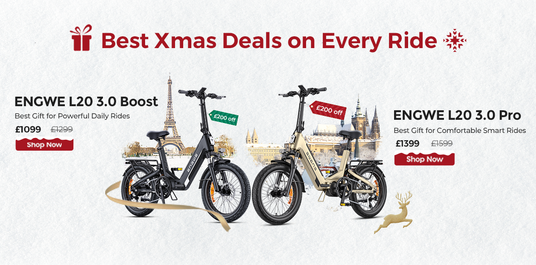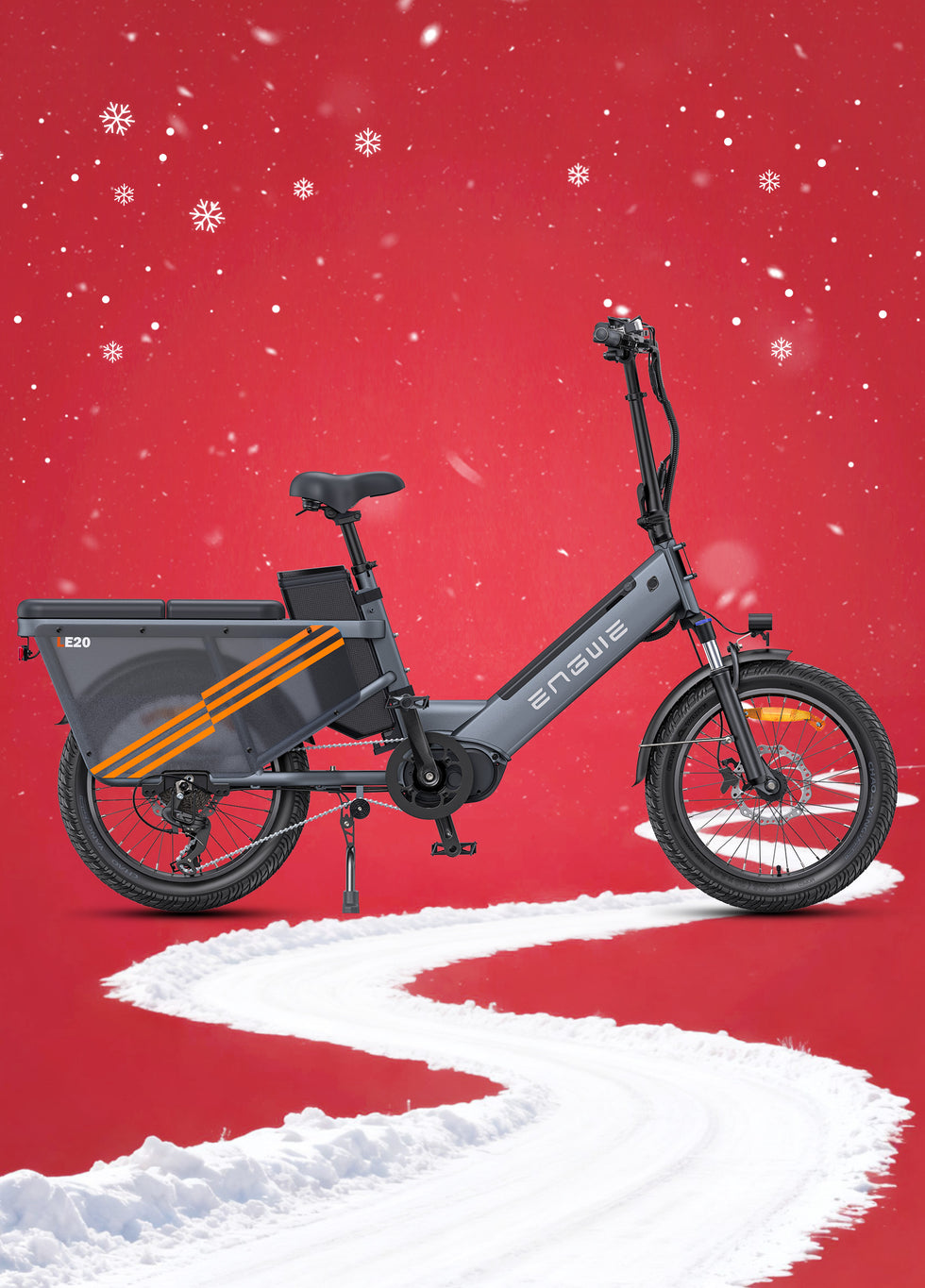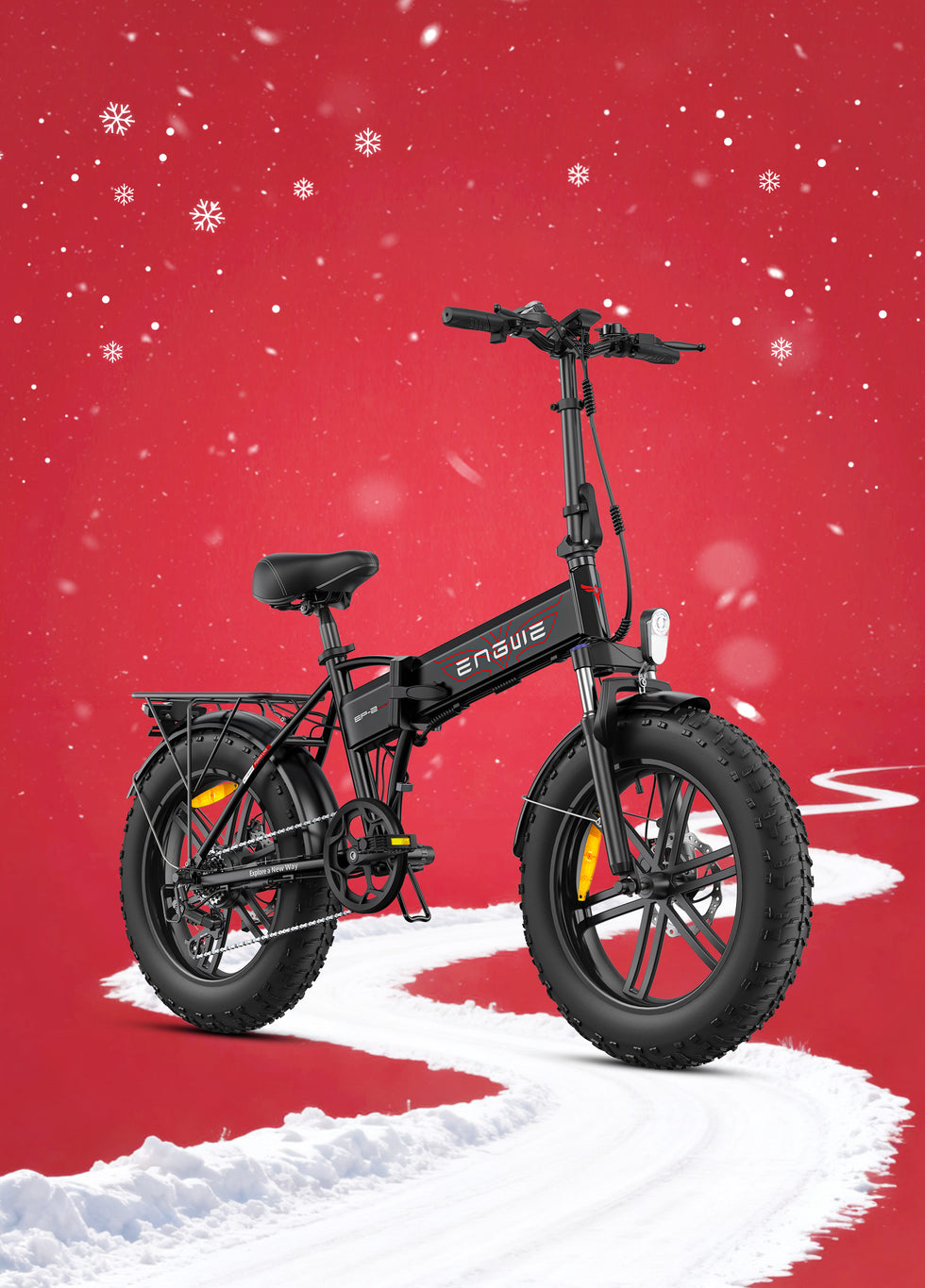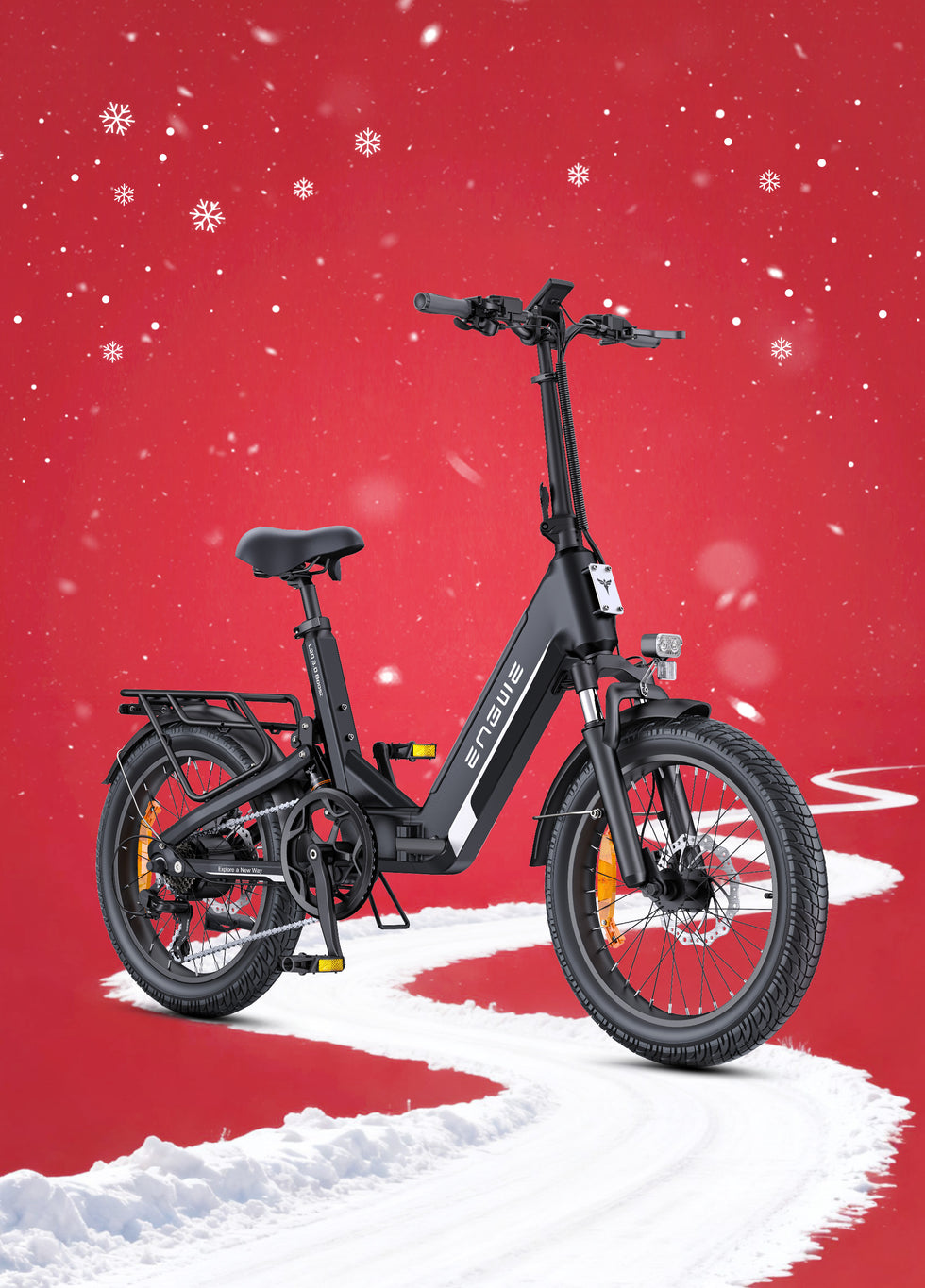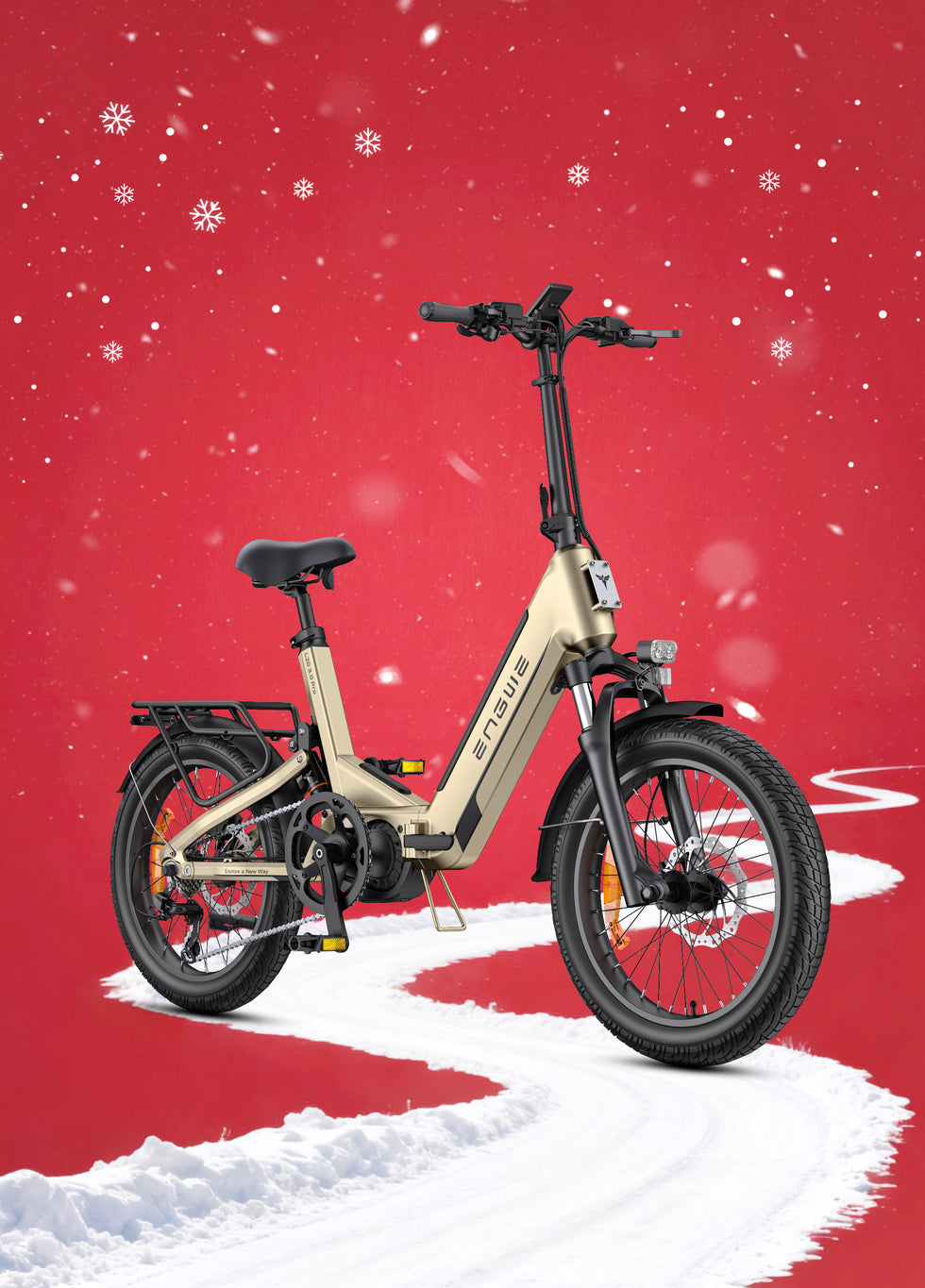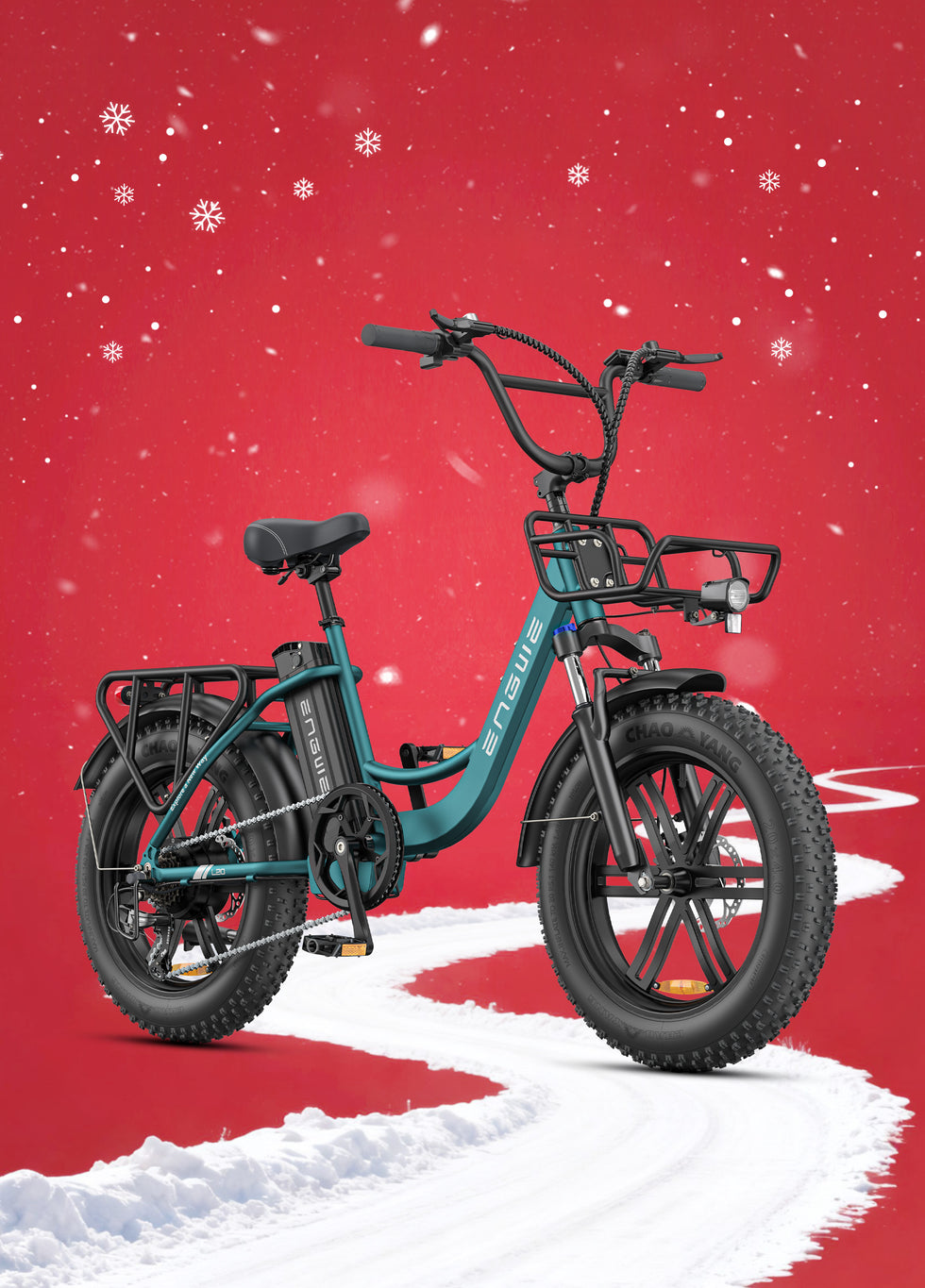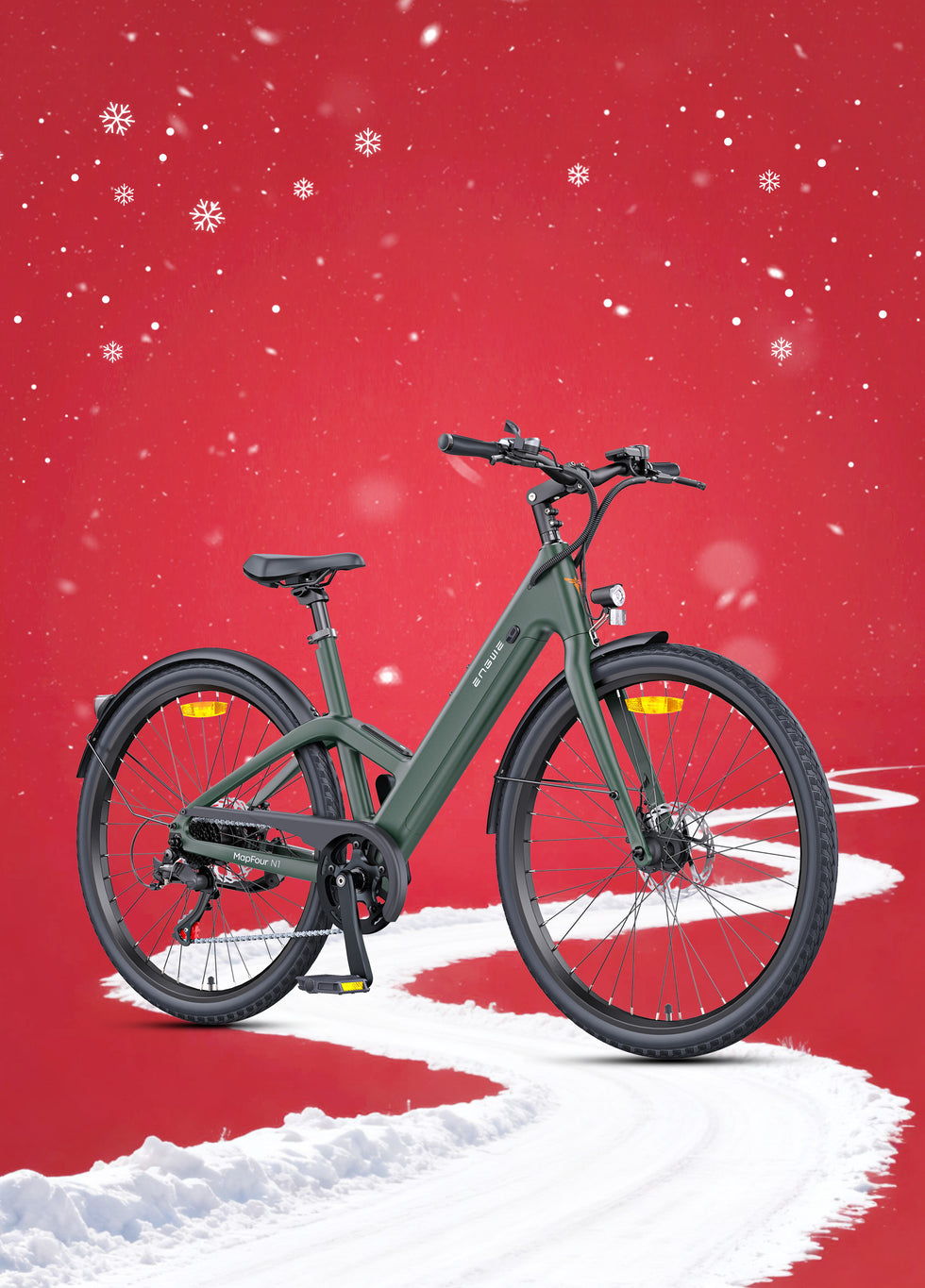Over the past few years, we've seen e-bikes bring some of the biggest changes to personal transport in a long time – they offer an effortless whatever-you-like commute, bona fide lifestyle enjoyment, and case-easy fitness all rolled into one. Still, for a lot of people, the dream is like lowering the volume because there's one big flaw: the weight. E-bikes don't only benefit the planet; they are becoming lighter and more user-friendly. A classic e-bike is a hassle to carry up stairs or place in a trunk. And here is where a quest for “the lightest e-bike” begins. It is a search for more than just scale numbers; it is a quest for freedom, opportunity, and a lighter, more agile ride.
However, for those seeking the lightest electric bike — you probably have a specific problem that needs solving. Do you live in a ground-floor-free apartment, are you a multi-modal commuter who needs to take your bike on a train, or do you just hanker for something that echoes what people think of as a real bicycle? This detailed guide is more than just a random list. We investigate what it really means to be “light” in the e-bike world, look at some of the compromises you'll need to make, and offer up a handy process for picking your own lightweight traveling buddy. We will help to answer some of your burning questions and get you on a path to find an electric bike that does not weigh you down.
What makes a "Light" Electric Bike "A LIGHT E-BIKE?"
The lightest e-bike needs a premise. The lightest e-bike must come with a clear specification template. By e-bike standards, though, the word 'light' is a relative term. An electric mountain bike is already heavier than a folding e-bike because of the type of terrain it is designed for, so obviously, if you want to carry one up multiple stories or even inside your flat, that extra kilo makes quite a difference. Nevertheless, we can identify a few basic weight categories to help you get started.
Heavyweight (>25 kg / 55 lbs):
Many high-end, long-range e-bikes are in this category, especially those that come with fat tires, due to their large batteries and the powerful motors they may be equipped with.
Average weight (20-25 kg / 44–55 lbs):
This is the benchmark for many hybrid and commuter e-bikes. Performance is, of course, the big appeal here. These are meant for more performance, features, and range but come in a slightly smaller, albeit still large, package.
Lightweight (15–20 kg / 33–44 lbs):
These should feel measurably more portable. These are much lighter and easier to pick up. This includes many minimalist city bikes, some premium commuters, and a lot of electric road bikes.
Ultra-light (<15 kg / 33 lbs):
Suspension forks dampen the journey but are heavier than rigid forks. Things like lights, kickstands, mudguards, and luggage racks all add to the weight. The e-bikes with the lightest weight tend to be pared-down, minimalist machines.
You have no reason to swamp the bike with a leg-breakingly heavy rack if you never carry luggage. You WON'T need a super-fat suspension fork if you are only on city streets.
What should you do to buy the lightest e-bike for yourself?
Choosing the perfect lightweight e-bike is easier said than done. Learn how to filter through the sea of options and find a perfect match with these steps.
Define Your Primary Use Case
Realistically, how are you going to be using the bike 90% of the time?
City Commuting: Are you taking it onto the train? Look at folding e-bikes. Do you have a safe place to keep it? Or maybe something a little lighter: a city or hybrid bike.
Join Group Rides With Traditional Cyclists (fitness): For a road bike, an electric one is the best option since it has a weight and feeling similar to a non-electric bicycle.
Casual Rides: For easy trails and parkways, a basic single-speed, lightweight cruiser can be both stylish and pragmatic.
Examine Portability Requirements
This is the essence of the “lightest” hunt.
DAILY LIFTING: You live many stories up in your apartment; all those pounds add up. Your first option should be an ultra-light model under 15 kg.
Occasional Lifting: If you need to lift the bike just to get it up on a car rack, or you have to hoist it over a kerb, then a 15-20 kg range bike will probably be fine.
No Lifting Required: If you have ground-floor storage and will never have to lift your bike, a combination of style, ride comfort, ample power, and range is more feasible for your lifestyle.
Consider Frame Materials
This largely depends on your budget.
Aluminum Alloy (6061 or similar): It gives a great weight-to-strength ratio for the price. Aluminum is the material used by most good-quality lightweight e-bikes.
Carbon Fiber: The best in class for weight saving. It is very stiff, eliminates road vibrations for improved comfort, and allows for sleek, "integrated" designs. However, it is also significantly more expensive.
Analyze the Drivetrain: Motor & Battery
Motor: A 250W rear hub motor will suit most lightweight applications. That said, it's also discreet and light enough that it should supply all the help you need in most urban environments. Although mid-drive motors are heavier and more expensive, they provide higher torque for hills.
Battery: See the Amp-hour (Ah) or Watt-hour (Wh) rating. The lower the number, the lighter the battery, but the shorter the range. Figure out your daily or weekly distance and have a 30-40% buffer. Being able to remove the battery and charge it off the bike is also a massive plus, lightening the load when you need to lift the bike.

Case Study: The Engwe P275 SE - A Commuter's Choice
For a large number of urban riders, minimum weight is not the ultimate goal—the aim should instead be the lightest bike still packing in all those essentials for daily riding. This led to a pursuit of that mythical middle ground, a compromise between low mass and the comfort, safety, and range necessary for urban living. The Engwe line calls out its intent to be well-equipped yet still practical.
One example is the Engwe P275 SE City E-Bike. It's not an "ultra-light" in the sub-15kg sense but an interesting one for the discerning commuter. Built around a 6061 Aluminum Alloy frame, it tips the scales at 24 kg. But you don't feel that weight, as much of it is wisely placed to add options removed from lighter-spec models. The powertrain comprises a 250W brushless motor governed by a torque sensor that can be finely tuned. The motorized assistance is so good it feels like you are floating along as if there were a gentle breeze behind you, and in Sport mode, the motor responds instantaneously to the power at the pedals.

The P275 SE is built for a real-world commute. Even friends from the farthest suburbs could make the trip without coming face-to-face with range anxiety, as its 36V 13Ah removable lithium-ion battery promises a maximum range of up to 100km. Safety and comfort come first, and the bike allows you to command your domain with powerful 160mm front and rear hydraulic disc brakes, stopping delightfully on a dime, while the ergonomic design promotes an upright, relaxed riding posture. It comes fully loaded with commuter accessories: front and rear lights, mudguards, and a kickstand. The thoughtful way important features are integrated into a solid package will likely make the Engwe P275 SE an attractive buy for riders prioritizing function and comfort without adding excess weight.
5 Frequently Asked Questions About Light E-Bikes
The lightweight e-bike market can be a confusing territory to navigate. We answer five of the most frequently asked questions.
1. Are lightweight e-bikes powerful enough?
Yes, for their intended purpose. In the UK and EU, e-bikes are limited to 250-watt motors for assistance. That power is plenty for conquering hills, fighting headwinds, and taking off from a stoplight. It feels like a supercharge and allows for an effortless ride that is not over the top. It is not an e-MTB with high torque, so you may struggle on the steepest mountain passes, but in the city and on gentle hills, a light 250W motor provides efficient power.
2. What is the real-world range of a lightweight e-bike?
Range is the biggest compromise. This is where the capacity of the battery (measured in Watt-hours, Wh) comes into play. A lightweight e-bike for road or urban work will often have a battery of 250Wh, capable of delivering typical ranges between 30-50 km. The upper limit of what should be considered a "lightweight" electric bicycle will go up to about 20 kg of weight and may have a battery with upwards of 400 Wh, meaning a "realistic" range could get close to 80 km in ideal conditions. Be honest with yourself about your needs. A spare battery is also one way of extending your range.
3. Is a carbon fiber e-bike worth the money?
This is totally dependent on your priorities and budget. Carbon fiber is worth it if your primary, non-negotiable goal is to have the lightest weight product imaginable. This can be a substantial saving, often reducing frame weight by 2-4 kg compared to an equivalent aluminum frame. Carbon is naturally a great vibration-damping material, which makes for a more comfortable ride. The trouble is, this performance uptick comes with a hefty price increase. For many riders, a rugged and properly engineered aluminum frame offers a great balance of weight and value.
4. What is the lightest type of electric bike?
In the main, electric road bikes and high-end folding e-bikes are the lightest.
Electric Road Bikes: These bikes are designed as the lowest weight and most aerodynamic option. They do so with ultra-light frames (often carbon fiber), inconspicuous motors, and batteries that are conveniently integrated into the frame itself. Models can weigh between 11-14 kg.
Folding e-bikes: Designed for high portability, weight is an important design factor. Top-tier folding bicycles can come in around 13-17 kg. They make a compromise between bike quality and accessibility, keeping the weight of components as light yet durable as possible.
5. How do you maintain a lightweight e-bike?
Service is about the same as for a regular e-bike, but you can preserve that lightweight edge. For best operation, keep the chain clean and lubed. Make sure you're rolling on the recommended tire pressure, as it is important when it comes to the rolling resistance of the bike and how “light” it will feel. Inspect your brakes for wear often. Critically, keep the battery well by preventing it from being exposed to extreme temperatures and not allowing it to be in a fully discharged state for long periods.

In Conclusion: The Balance You Seek Exists
The search for the “lightest e-bike” is the pursuit of convenience and a better cycling experience. This is a hunt for the machine that becomes a part of life. As noted earlier in the article, 'lightest' is not a single product but a result of rational design, advanced materials, and purposeful trade-offs.
Ultimately, the smallest number on a spec sheet isn't what will make you happy, so find what's right for you. If you have a better idea of what your daily riding is going to look like, along with the individual pieces that add up to an e-bike's heft, you can pull back the veil on marketing claims and get closer to figuring out which model will genuinely make life easier for you. From an ultralight carbon road bike for the weekend to a feature-rich commuter that can still be toted inside, the right lightweight electric bike will make your journey easier, quicker, and always more fun.
